Being an Experience -Driven Brand 경험 기반의 브랜드가 되다.

In the context of an experience-driven economy, "being a brand" transcends the traditional notions of branding that focus on logos, slogans, and visual identity. It emphasizes creating meaningful, memorable, and engaging experiences for customers. Here’s what "being a brand" means in this context:
- Customer-Centric Experiences:
- Emotional Connection: Brands strive to create an emotional bond with their customers. This can be through storytelling, exceptional service, or experiences that evoke positive emotions and memories.
- Personalization: Offering tailored experiences that resonate with individual customers, making them feel valued and understood.
- Consistency Across Touchpoints:
- Seamless Experience: Ensuring a consistent and cohesive experience across all customer touchpoints, whether online, in-store, or through customer service.
- Unified Brand Voice: Maintaining a consistent tone, message, and personality across all channels and interactions.
- Engagement and Interaction:
- Community Building: Fostering a sense of community and belonging among customers. This can involve social media engagement, customer events, and interactive campaigns.
- Two-Way Communication: Encouraging and valuing customer feedback, making them feel heard and involved in the brand’s journey.
- Innovation and Adaptability:
- Evolving with Customers: Continuously innovating and adapting to meet the changing needs and preferences of customers.
- Leveraging Technology: Utilizing advanced technologies like AI, AR/VR, and data analytics to enhance the customer experience.
- Purpose and Values:
- Purpose-Driven: Aligning the brand with a clear purpose and values that resonate with customers. This often includes social responsibility, sustainability, and ethical practices.
- Authenticity: Being genuine and transparent in all brand actions and communications, fostering trust and loyalty.
- Memorability and Impact:
- Creating Unique Moments: Designing unique and memorable experiences that stand out and leave a lasting impression.
- Brand Storytelling: Crafting and sharing compelling stories that highlight the brand’s journey, values, and impact.
In summary, "being a brand" in an experience-driven economy is about creating and sustaining rich, engaging, and meaningful experiences that connect deeply with customers on multiple levels. It's about being more than just a product or service provider; it's about becoming a memorable part of the customers' lives and experiences.
경험 주도 경제(context of experience-driven economy)에서 '브랜드가 된다는 것'은 전통적인 로고, 슬로건, 시각적 정체성에 초점을 맞춘 브랜드 개념을 넘어서는 것입니다. 이는 고객에게 의미 있고, 기억에 남으며, 참여를 유도하는 경험을 창출하는 것을 강조합니다. 다음은 이 맥락에서 '브랜드가 된다는 것'이 의미하는 바입니다:
- 고객 중심의 경험:
- 감정적 연결: 브랜드는 스토리텔링, 뛰어난 서비스, 긍정적인 감정과 기억을 불러일으키는 경험을 통해 고객과 감정적 유대감을 형성하려고 노력합니다.
- 개인화: 개별 고객에게 맞춤형 경험을 제공하여 그들이 소중히 여겨지고 이해받는다고 느끼게 합니다.
- 접점 전반의 일관성:
- 매끄러운 경험: 온라인, 오프라인 매장, 고객 서비스 등 모든 고객 접점에서 일관되고 통일된 경험을 보장합니다.
- 통일된 브랜드 목소리: 모든 채널과 상호작용에서 일관된 톤, 메시지, 개성을 유지합니다.
- 참여와 상호작용:
- 커뮤니티 형성: 고객 이벤트, 소셜 미디어 참여, 인터랙티브 캠페인을 통해 고객들 사이에 소속감과 커뮤니티 의식을 육성합니다.
- 양방향 소통: 고객 피드백을 장려하고 가치 있게 여겨, 고객이 브랜드 여정에 포함되고 있다고 느끼게 합니다.
- 혁신과 적응력:
- 고객과 함께 진화: 고객의 변화하는 요구와 선호를 충족하기 위해 지속적으로 혁신하고 적응합니다.
- 기술 활용: AI, AR/VR, 데이터 분석과 같은 첨단 기술을 활용하여 고객 경험을 향상시킵니다.
- 목적과 가치:
- 목적 지향: 사회적 책임, 지속 가능성, 윤리적 관행을 포함한 명확한 목적과 가치를 브랜드와 연계시켜 고객에게 공감을 줍니다.
- 진정성: 모든 브랜드 행동과 커뮤니케이션에서 진정성과 투명성을 유지하여 신뢰와 충성도를 높입니다.
- 기억에 남는 충격:
- 독특한 순간 창출: 독특하고 기억에 남는 경험을 디자인하여 강렬한 인상을 남깁니다.
- 브랜드 스토리텔링: 브랜드의 여정, 가치, 영향을 강조하는 매력적인 이야기를 만들어 공유합니다.
요약하면, 경험 주도 경제에서 '브랜드가 된다는 것'은 여러 차원에서 고객과 깊이 연결되는 풍부하고 매력적이며 의미 있는 경험을 창출하고 유지하는 것입니다. 이는 단순히 제품이나 서비스 제공자가 되는 것을 넘어, 고객의 삶과 경험에서 기억에 남는 중요한 부분이 되는 것을 의미합니다.






Member discussion